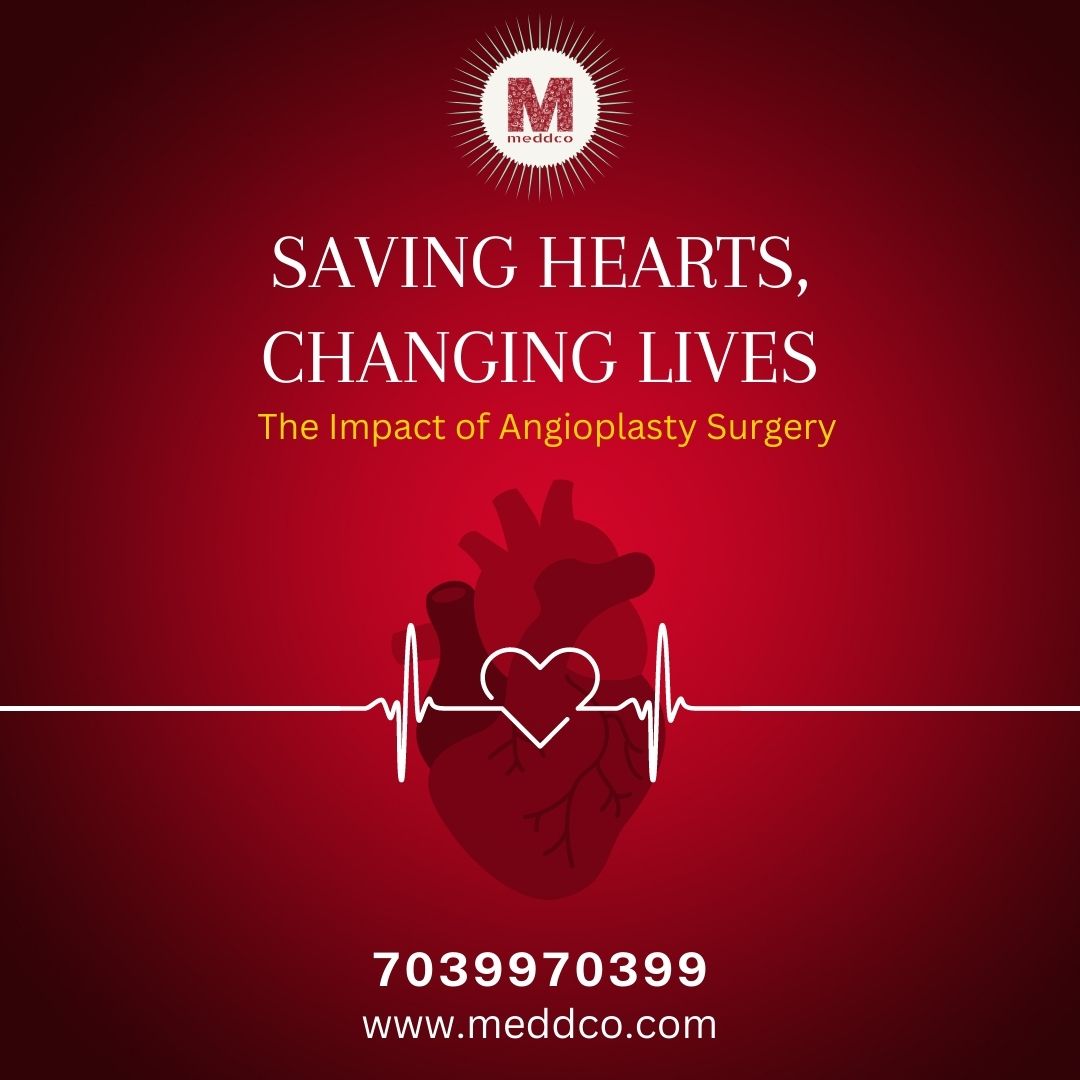

: Admin : 2023-07-31
In the world of modern medicine, angioplasty has emerged as a groundbreaking procedure that has transformed the lives of millions. This article delves into the significance of angioplasty surgery, highlighting its impact on saving hearts and changing lives.
Evolution of Angioplasty Surgery:
Angioplasty's roots can be traced back to the early 1960s, with the groundbreaking work of Dr. Andreas Gruentzig. Over the years, this non-surgical technique has evolved significantly due to technological advancements, making it a safer and more effective procedure.
The Impact of Angioplasty Surgery:
Angioplasty plays a crucial role in saving lives by restoring blood flow to the heart. The procedure not only alleviates chest pain and other symptoms but also significantly improves the patient's overall quality of life. Furthermore, it reduces the risk of heart attacks, potentially preventing life-threatening situations.
Angioplasty Surgery vs. Traditional Bypass Surgery:
One of the major advantages of angioplasty is that it is less invasive compared to traditional bypass surgery. The recovery time is also much faster, allowing patients to resume their daily activities relatively quickly.
The Role of Stents in Angioplasty:
During angioplasty, stents are often used to keep the arteries open and ensure proper blood flow. Different types of stents are available, each with its own set of benefits and risks.
Who is a Suitable Candidate for Angioplasty?
Diagnosing coronary artery disease is crucial in identifying suitable candidates for angioplasty. Proper assessment of a patient's condition helps determine their eligibility for the procedure.
The Procedure: Step by Step:
Before the surgery, patients need to prepare themselves physically and mentally. The angioplasty procedure involves threading a catheter through the blood vessels to the affected artery. Post-surgery care is essential to ensure a smooth recovery.
Potential Complications and Risks:
Like any medical procedure, angioplasty comes with certain risks, such as infection, bleeding, and the possibility of restenosis or blood clots. It is essential for patients to be aware of these risks and follow their doctor's instructions diligently.
Lifestyle Changes After Angioplasty:
To ensure the long-term success of the procedure, patients must adopt a healthier lifestyle. This includes making dietary changes, engaging in regular exercise, and adhering to prescribed medications.
Success Rates and Follow-Up Care:
Monitoring a patient's progress after angioplasty is essential to assess the procedure's success. Regular follow-up appointments help track the patient's condition and ensure the continued effectiveness of the treatment.
Angioplasty Research and Future Innovations:
The field of angioplasty continues to witness ongoing research and innovations. Medical experts are constantly striving to improve the procedure's outcomes and develop new techniques.
Real-Life Stories: Patients' Experiences:
Hearing from individuals who have undergone successful angioplasty can provide valuable insights and inspiration. Their experiences shed light on life after the procedure and the positive impact it has had on their well-being.
Conclusion:
In conclusion, angioplasty surgery has proven to be a life-changing medical intervention that saves hearts and improves lives. With its less invasive nature and high success rates, angioplasty continues to be a beacon of hope for patients with coronary artery disease.
FAQs
What is angioplasty surgery?
Angioplasty surgery is a non-surgical procedure that involves restoring blood flow to the heart by widening narrowed or blocked arteries.
How does angioplasty improve the quality of life?
By improving blood flow to the heart, angioplasty alleviates symptoms such as chest pain, allowing patients to lead a more active and fulfilling life.
What are the potential risks of angioplasty?
Some risks associated with angioplasty include infection, bleeding, restenosis, and the formation of blood clots.
How long does it take to recover from angioplasty?
The recovery time after angioplasty is relatively short, and most patients can resume their normal activities within a few days.
Are there any lifestyle changes required after angioplasty?
Yes, adopting a healthier lifestyle, including a balanced diet, regular exercise, and proper medication adherence, is crucial for long-term success after angioplasty.
No Comments